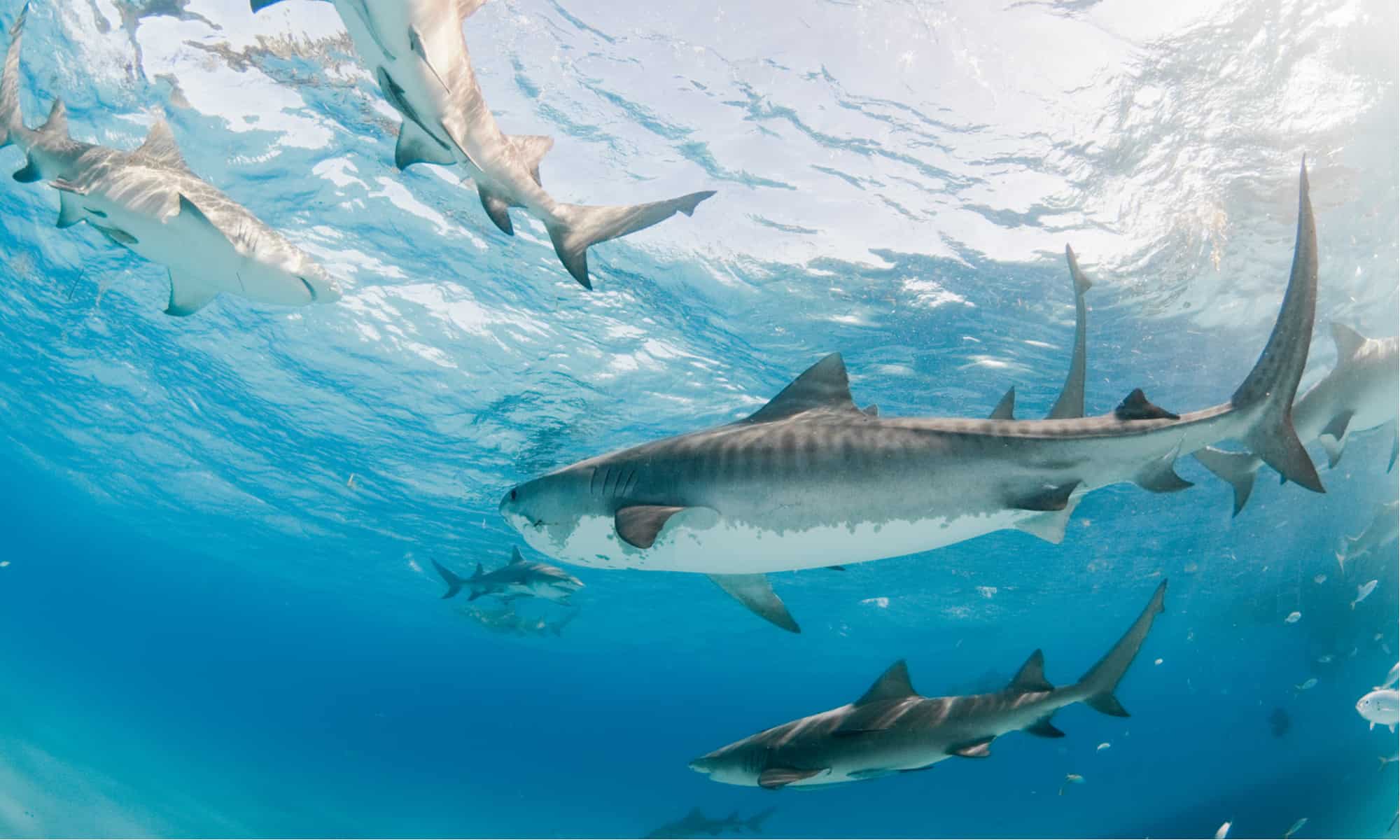Carcharhiniformes are considered one of the most significant orders of sharks due to their feeding habits. The members of this order are collectively called Ground sharks or Whaler sharks. It comprises more than 250 species. The species of sharks are further grouped into 51 genera and about 8 families. The Carcharhiniformes are considered a highly successful group of sharks because they feed on a variety of prey in different environments.
Geographical Distribution of Carcharhiniformes
Carcharhiniformes prefer the warm waters of the tropical and temperate regions including cool boreal seas, continental shelf regions, and littoral habitats such as estuaries, coasts, river mouths, atolls, bays, lagoons, and coral reefs.
They are mostly spotted in the open waters of the Gulf of Mexico, Antarctic regions, the Atlantic Ocean, and the Indian and Pacific Oceans. Ground sharks are also spotted in the tropical freshwater rivers and lakes in Central, North, and South Africa, Australia, America, and Asia.

What do the Carcharhiniformes look like?
The members of the order Carcharhiniformes differ based on their habitat, some species are bottom dwellers whereas others enjoy free swimming life. The species generally have two dorsal fins, one anal fin, moderately developed pelvic and pectoral fins, and well-developed caudal fins. The skin is covered with small denticles with dark brown or grey to blackish coloration.

A laterally extended head that reaches the back of their eyes and five pairs of gill slits. The eyes are elliptical and are characterized by having a transparent membrane called a nictitating membrane which protects the eyes during feeding. Moreover, the length of sharks varies from species to species, they grow in size from 18 inches or 45 cm to 20 feet or 6 meters.
Diet Of Carcharhiniformes
The group of sharks belonging to the order Carcharhiniformes is voracious hunters who feed on almost everything they find. Their diet includes bony fishes, rays, sharks, marine mammals, sea birds, marine mammal carrion, marine reptiles, and tunas. Furthermore, the menu also includes invertebrates such as crustaceans, octopuses, squids, mollusks, and cuttlefish.

How Do Carcharhiniformes Reproduce?
The Ground sharks are either oviparous (lay eggs in the surrounding waters) or viviparous (give birth to young pups). After the completion of the gestation period of a few weeks, the oviparous sharks’ eggs hatch, and babies are born whereas the gestation period of viviparous sharks may last for more than a year and finally give birth to a young one.
The females give birth to pups mostly in the nurseries and after birth, there is no parental care for the baby sharks – they are free to live independently.

Species Included In The Order Of Carcharhiniformes
Following are some of the listed species of sharks that fall under the category of Ground sharks.
- Arabian Cat-shark
- Atlantic Sharp-nose Shark
- Broadfin Shark
- Bonnethead Shark
- Australian Black-tip Shark
- Balloon Shark
- Bignose Shark
- Blackspot Shark
- Blacktail Reef Shark
- Blue Shark

Bottom Line
The order Carcharhiniformes is the largest order of sharks which comprises more than 250 species. The group of sharks is also named Ground sharks and are highly successful sharks because they depend on several feeding grounds and are very well adapted to the changing habitat. They are dark brown to grayish-blackish and can range in length from 18 inches or 45 cm to 20 feet or 6 meters. They reproduce either by oviparous or viviparous mode of reproduction. The prominent feature of this group of sharks is their exceptional dorsal fin, so by knowing their fin anatomy, you can spot the Ground sharks easily.


